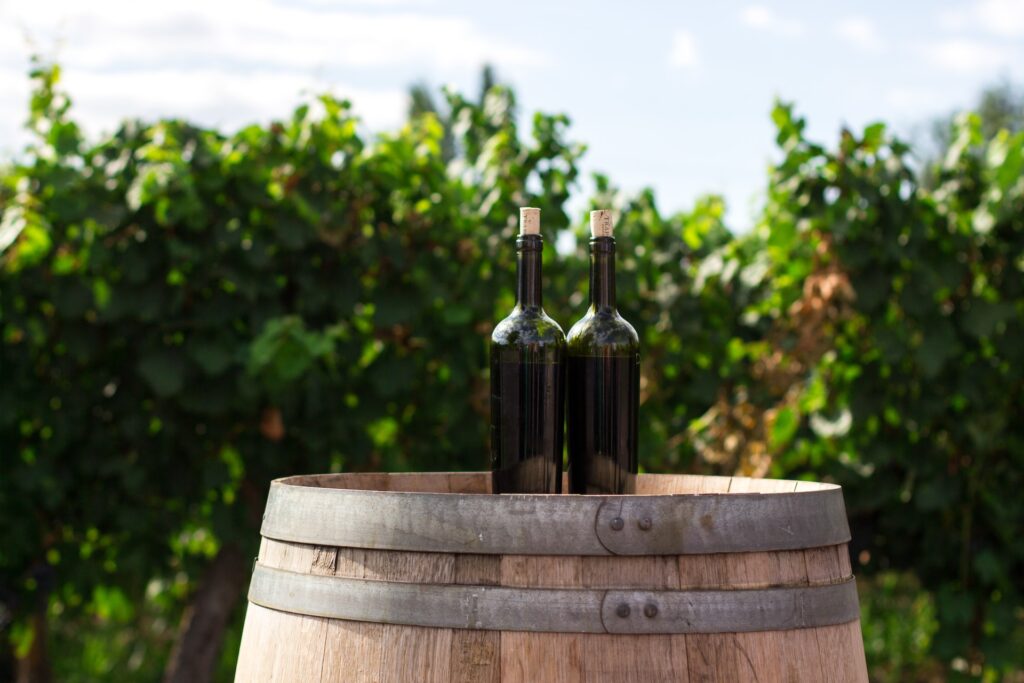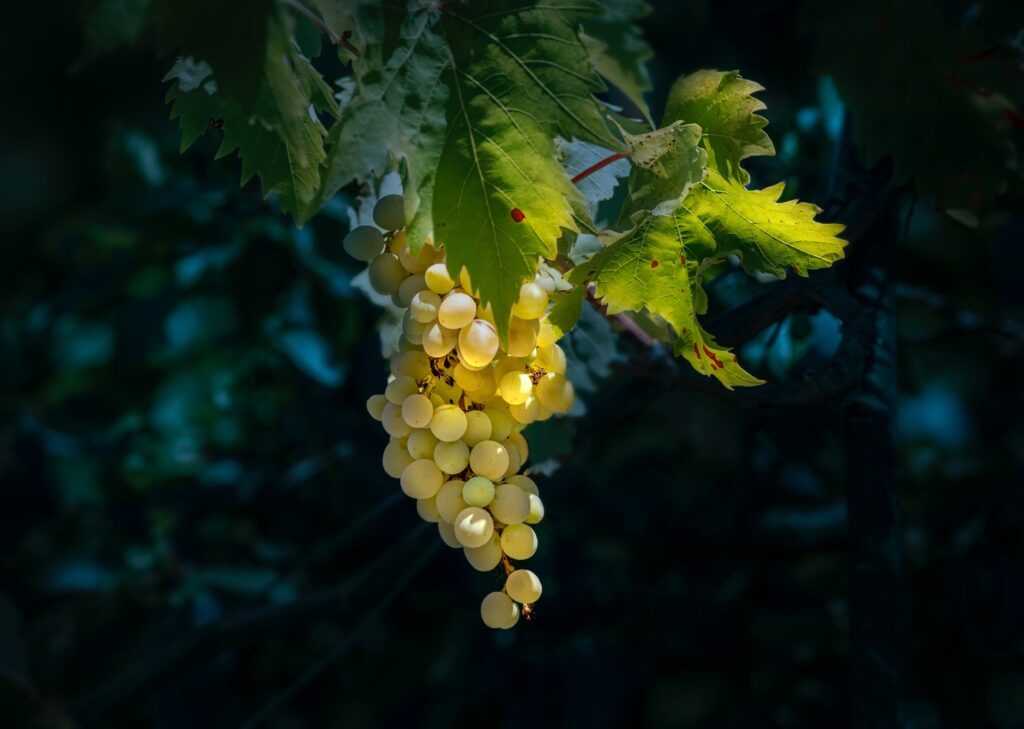
Wine connoisseurs and collectors are no strangers to the importance of proper wine storage. Whether you’re a dedicated wine enthusiast with a modest collection or a serious oenophile with an extensive array of prized bottles, the method in which you store your wine can significantly impact its taste and quality. One intriguing approach to wine storage that has gained attention in recent years is the concept of wineglass cellars. These exquisite and innovative installations seamlessly combine the art of wine storage with an aesthetic showcase, allowing wine lovers to preserve and display their cherished bottles in a way that not only maintains their quality but also enhances the overall ambiance of their homes. In this article, we will delve into the world of wineglass cellars, exploring their design, functionality, and why they have become an elegant choice for wine storage.
The Art of Wine Storage
Wine storage has evolved from rudimentary cellars and dark basements to more sophisticated and artful solutions. Wine collectors are no longer content with hiding their valuable bottles in dusty, dimly lit corners. They seek ways to display and enjoy their collections as both a personal indulgence and a symbol of their passion for wine.
The Rise of Wineglass Cellars
Wineglass cellars represent a unique marriage of art and functionality in the world of wine storage. These cellars are designed to provide optimal conditions for aging and preserving wine while doubling as a stunning visual centerpiece in homes, restaurants, and wine bars.
- Transparency and Elegance
The most defining feature of a wineglass cellar is its use of glass walls or enclosures. This transparency allows the wine collection to become a captivating focal point. It enables the owner and their guests to admire the bottles’ labels, vintages, and the mesmerizing hues of the wines themselves. The aesthetic allure of a wineglass cellar is undeniable, as it transforms wine storage into an exquisite work of art.
- Temperature and Humidity Control
While wineglass cellars prioritize aesthetics, they do not compromise on the essential elements of wine storage. These cellars are equipped with state-of-the-art temperature and humidity control systems to ensure wines remain in the ideal conditions for aging. Maintaining a consistent temperature and humidity level is crucial to prevent spoilage and preserve the integrity of the wine.
- Showcase Lighting
Strategically placed LED lighting within the wineglass cellar further enhances the visual appeal. Gentle, warm lighting not only illuminates the collection but also creates a captivating ambiance that can be adjusted to suit different moods and occasions. Lighting plays a pivotal role in making the cellar an integral part of the overall decor.
Design Options
Wineglass cellars come in various design options, offering flexibility to align with a homeowner’s preferences and the existing interior decor. Some popular design elements include:
- Wall-Integrated Cellars
Wall-integrated wineglass cellars are seamlessly integrated into the walls of a room. They create the illusion of bottles floating within the structure and are particularly appealing for those who seek a minimalist, modern aesthetic. These cellars can be custom-built to suit the dimensions of the available wall space.
- Standalone Enclosures
Standalone wineglass cellars are self-contained structures that occupy their own dedicated space within a room. They can be freestanding or placed against an existing wall, allowing for greater flexibility in design. These cellars can be open from one or more sides, giving the owner choices for accessibility and visual impact.
- Under-the-Floor Cellars
Under-the-floor wineglass cellars take the concept of hidden treasures to another level. These cellars are built directly into the floor, with a glass surface at ground level to reveal the collection. This unique approach blends seamlessly with the surrounding environment, creating an element of surprise for visitors.
Display and Organization
Wineglass cellars are not just about showing off a collection; they also provide practical benefits for storing and organizing wine. Wine racks, shelves, and storage compartments can be incorporated into the design to ensure that bottles are securely stored, easily accessible, and remain undisturbed. Many wineglass cellars can accommodate a wide range of bottle sizes, from standard 750ml bottles to magnums and other large formats.
Customization and Personalization
One of the greatest attractions of wineglass cellars is the opportunity for customization. These cellars can be tailored to individual preferences, from the choice of materials and finishes to the specific dimensions, lighting effects, and design elements. Wine collectors can collaborate with architects and designers to create a wineglass cellar that aligns with their vision.
Wine Preservation and Aging
A primary concern for any wine enthusiast is the preservation and aging of their collection. Wineglass cellars offer an ideal environment for these purposes. The temperature and humidity control systems are designed to keep wines at the recommended conditions, which typically range from 55-58°F (13-15°C) for red wines and 45-52°F (7-11°C) for white wines. The stable temperature prevents premature aging or degradation, allowing the wine to reach its peak quality over time.
Accessibility and Convenience
Wineglass cellars are designed to be functional and user-friendly. They allow easy access to bottles, making it simple for owners to retrieve their chosen wine without disrupting the entire collection. This convenience is particularly valued by those who enjoy hosting wine tastings and dinner parties.
Cost Considerations
The cost of a wineglass cellar can vary significantly depending on factors such as size, design complexity, materials, and any additional features. Custom-designed wineglass cellars tend to be at the higher end of the cost spectrum due to their personalized nature. However, they are considered a valuable investment for serious wine collectors who wish to showcase and protect their treasured bottles.
Wineglass Cellars Beyond the Home
While wineglass cellars are often associated with private residences, their appeal extends to restaurants, wine bars, and other commercial establishments. A wineglass cellar can enhance a restaurant’s ambiance and provide a clear view of the wine selection, allowing customers to make informed choices.
Wineglass cellars represent the epitome of wine storage, fusing the worlds of art and functionality. These captivating installations provide an ideal environment for aging and preserving wine while elevating the aesthetics of any space. The allure of wineglass cellars lies in their ability to transform wine storage into a dynamic work of art, an impressive testament to a wine lover’s passion and devotion. Whether you are an avid collector or a homeowner with a modest wine collection, the wineglass cellar offers a unique and inspiring solution for showcasing and protecting your cherished bottles.


